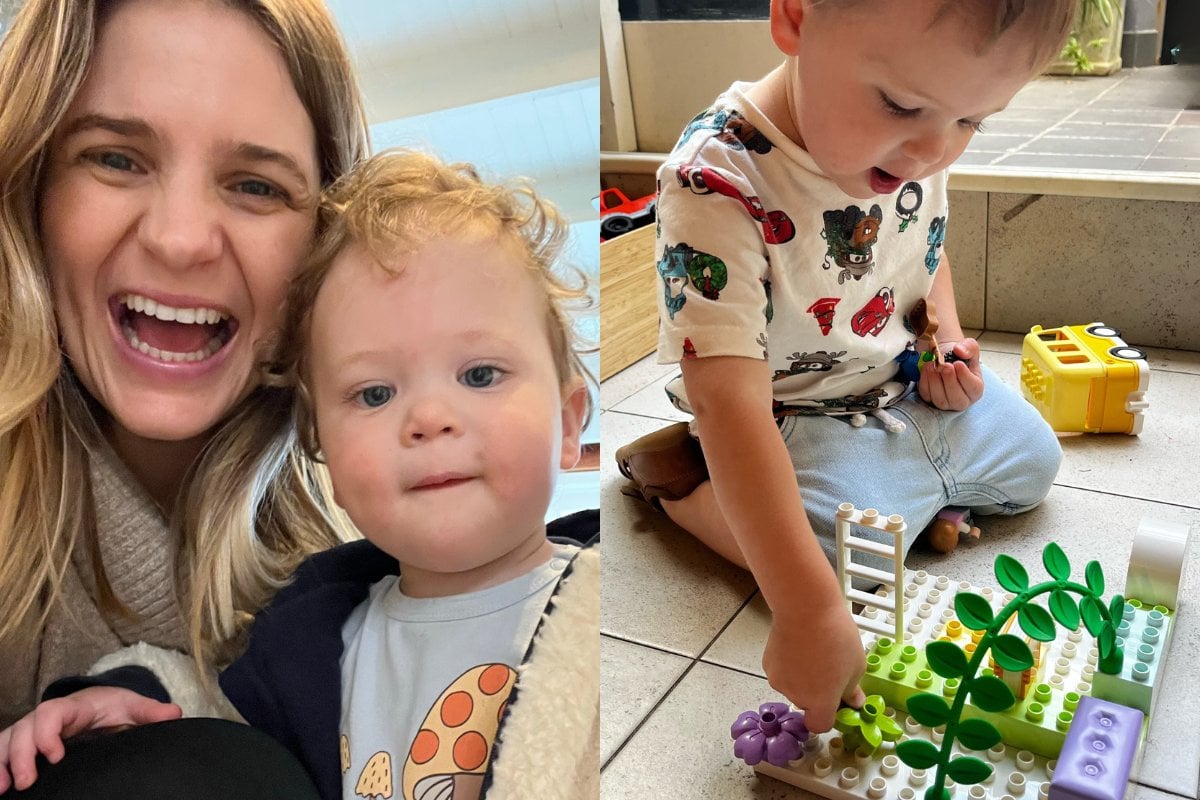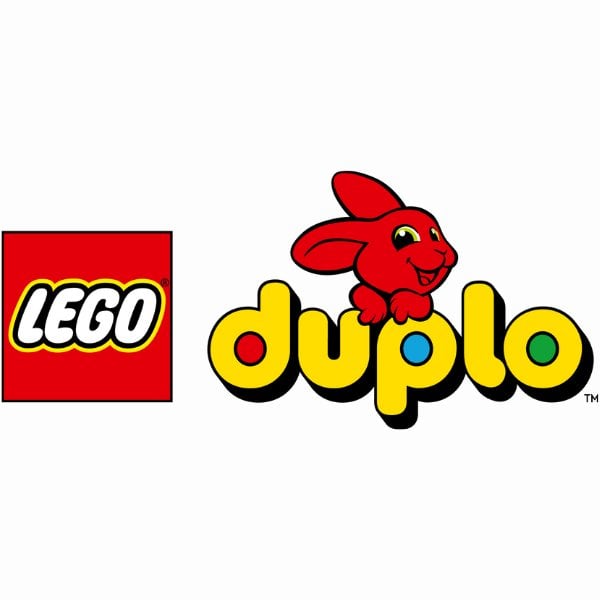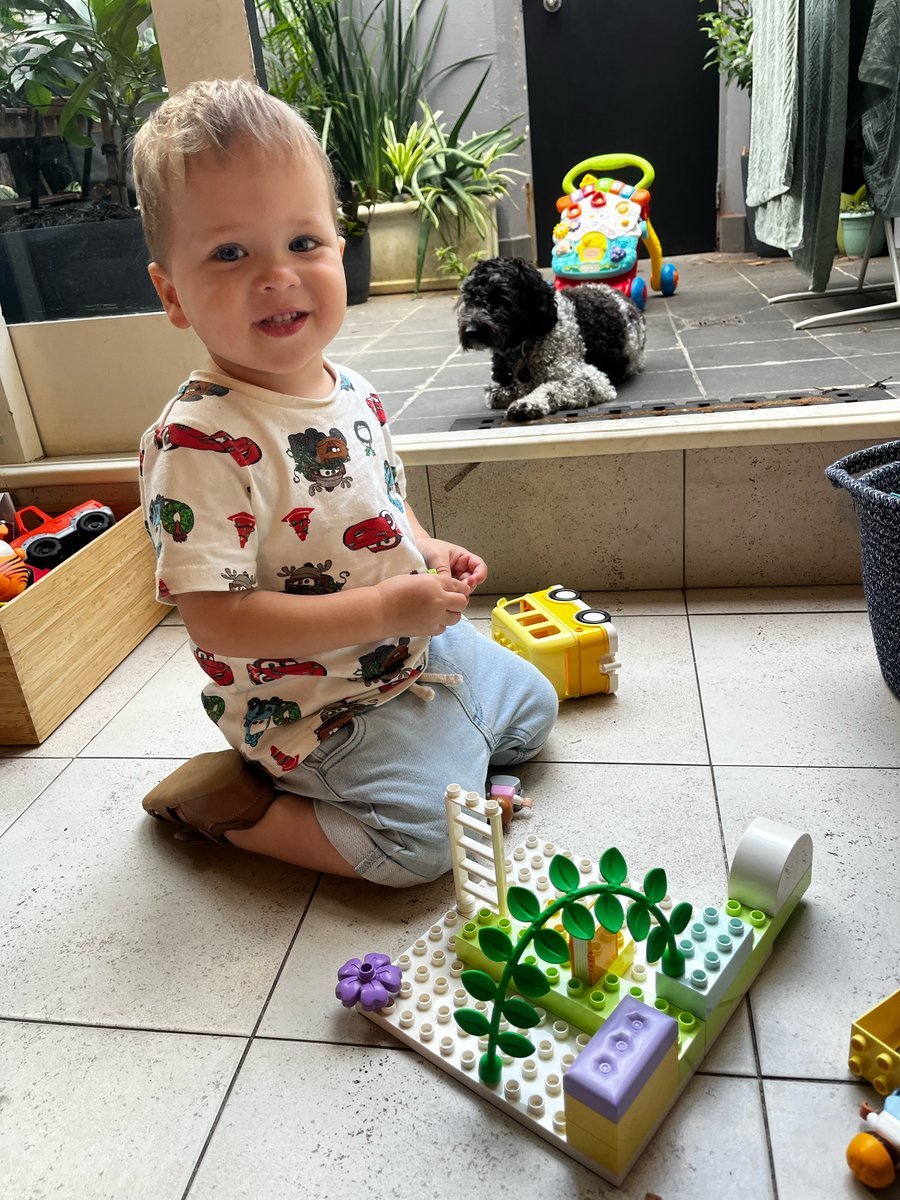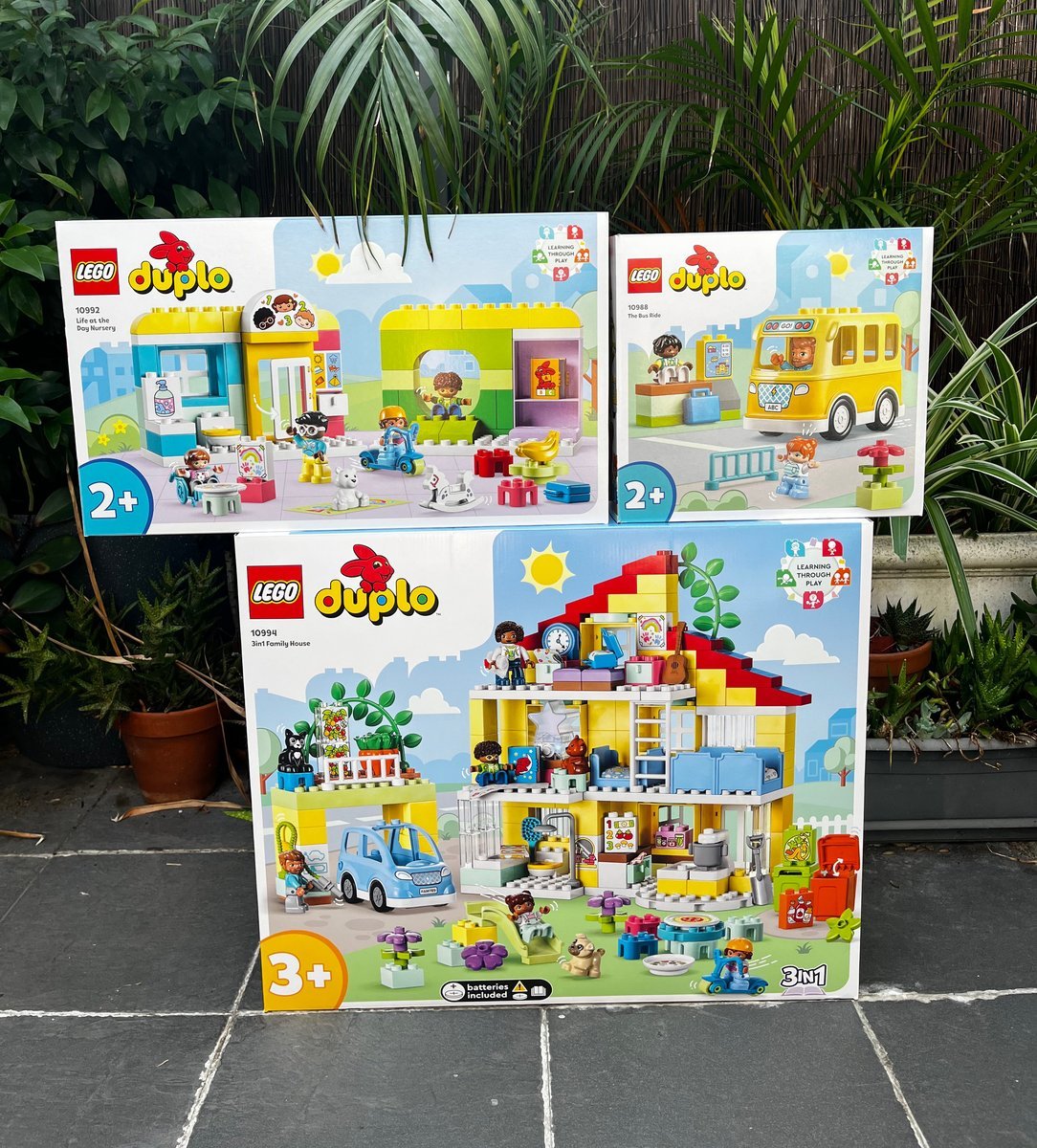

I’m exactly 21 months into being a parent, and I’m coming to realise that it’s a pretty tough gig. (Yeah, I’m probably a bit late to the party on this one).
I expected it in the first six months – not even I could avoid the warnings from other parents about the newborn stage – but I’ve somehow been surprised to learn that raising a toddler comes with just as many pressures, expectations and pitfalls as keeping a tiny baby alive, if not more.
For me, the biggest shock has been just how much entertainment a toddler needs. I never expected I’d be looking back on the sleep-deprived days before my son could roll with a sense of longing, but there are moments I’d give my left arm to be supervising a child who thought watching the fan go around was the very pinnacle of excitement.
Now, my exuberant toddler seems to want to be entertained all the time. It’s all too easy to fall into the trap of thinking I need to be a one-woman-singing-and-dancing-extravaganza who is also, simultaneously, an art teacher, an engineer, a baker and a soccer coach, especially when my generation of parents knows the value of “soft skills” like problem-solving and imagination.
But the pressure to constantly entertain is built on a (mistaken) assumption that the ideal amount of a parent’s attention for a child to receive is, well, all of it. The best data on parenting tells us this actually isn’t the case: independent play is a skill that kids need to develop, and the earlier you start, the better. Those soft skills we’re all so desperate to nurture? They thrive when kids are left to their own devices.
Which is great news, because I need a little lie-down.
Of course, it’s one thing to say that independent play is important, and an entirely other thing to actually get your toddler to play alone. So having just gone down the rabbit hole of promoting independent play with my own son, I’m sharing the most useful tips to get you started.



